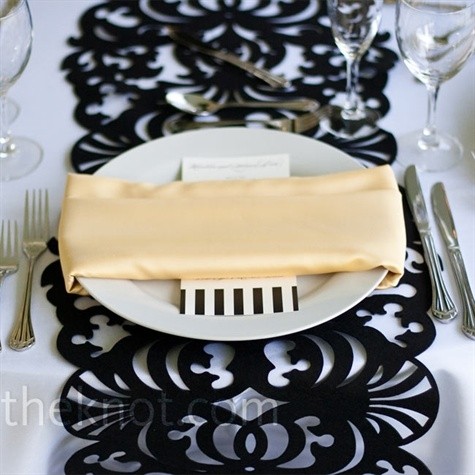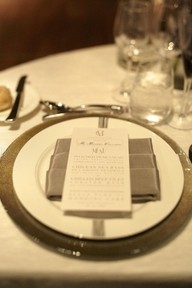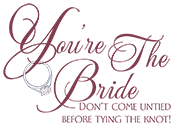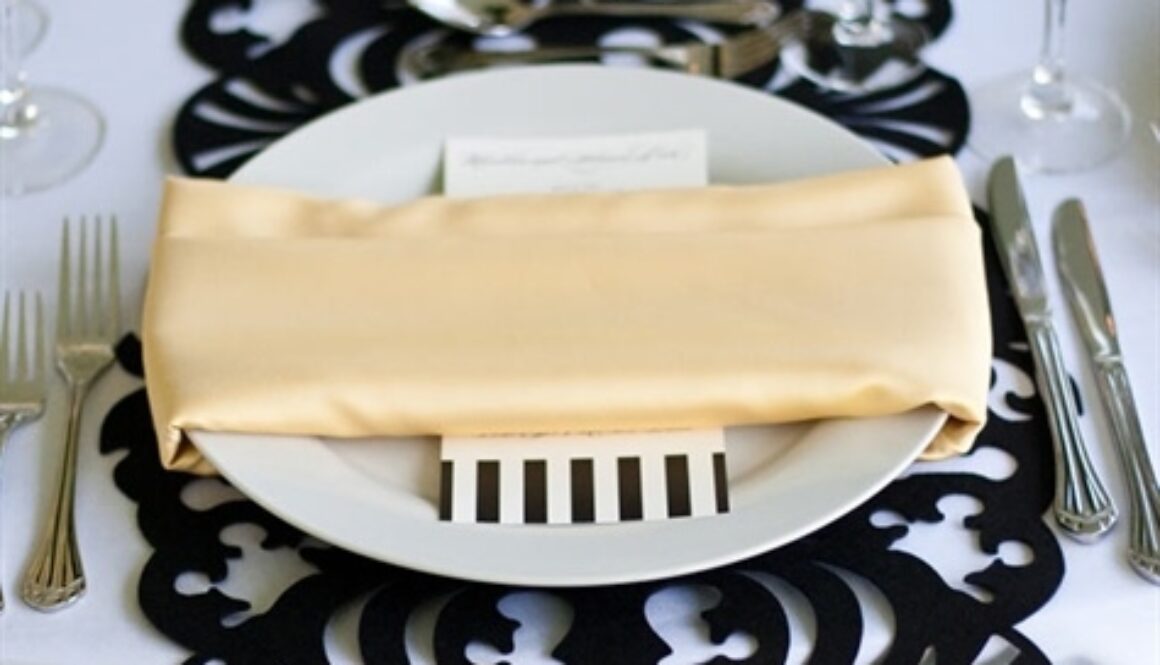Set Me Up!
While upcoming prospects in the hospitality industry are undoubtedly in need of a good education nowadays, there is much more than just street smarts that meet the eye. Have that hands on work experience is just as, if not as important. Many more personal and direct situations will be encountered and addressed.
A friend recently shared with me that her friend recruited some college students from the school’s hospitality program to help out. The first thing they were asked was the proper way to set a table. No one answered. These are things that students most likely will not learn in school but have a better chance of learning at a job position. This gave me the idea to explain the proper way to set a table for a formal dinner. Here’s the steps to do so:

Special occasions require a more formal table than the traditional five-piece place setting. Luckily, the modern art of table setting is quite simple once you understand a few basics.
Settings vary slightly by country and personal preference, and there’s no absolute right or wrong. If you learn the essentials of a well-set table, we guarantee you’ll feel like a more confident, comfortable host no matter the occasion.
“Once you realize table setting is based on logic, things become less intimidating,” says etiquette consultant Pamela Hillings, author of “Manners in a Minute: Dining.” For example, you begin eating a meal by using the flatware at the outside left and right, and then work toward the plate as the meal proceeds. Stemware is set above and to the right of the dinner plate; bread-and-butter plates sit above the plate and to the left.
Flatware should align with the bottom rim of the charger, a large plate, which will be removed after everyone spreads his napkin on his lap (napkin rings, customary at family meals, may be used as a festive decoration). The water glass stands above the dinner knife, white wine to its right, and red wine top center.
Soup is served in a heated soup dish atop a dinner plate, and eaten with the soupspoon, at outer right. When every guest has finished and laid his spoon, bowl up, across the upper righthand corner of the plate, the plate, bowl, and spoon will be removed. The bread-and-butter plate and butter knife remain.
A midsize plate arrives bearing the fish course. Use the short, broad fork at outer left and the fish knife at outer right. When they have finished this, or any other, course, guests should place their silverware diagonally across the plate — handles at 4:20 and knife blade facing in.
Course two has been cleared, leaving the table set for the main course. The large dinner plate may be brought in either bearing a portion of food or empty, if food is to be served at the table. In either case, the plate should be preheated unless the main course is served cold. Eat with the dinner fork and knife.
Salad is served on a midsize plate and eaten with the remaining fork, which has a broader end tine than other forks and can be used for cutting. After this course, the bread-and-butter plate, butter knife, and both wineglasses will be cleared, along with the salad plate and fork, leaving the table set for dessert.
A small dessert plate arrives along with a coffee or teacup and a teaspoon. Use the cake fork and the dessert spoon, laid across the top of the setting before the meal began (note that the fork’s tines are set facing right and the spoon’s bowl facing left). The water glass is the only stemware still on the table.
For more information on table settings or assistance in planning your perfect day, contact You’re The Bride at 248-408-4602 or via email.

Happy planning!
Credit: Martha Stewart Entertaining
Photo credit: www.pinterest.com

